
shiloh
-
Posts
160 -
Joined
-
Last visited
Content Type
Profiles
Forums
Gallery
Events
Posts posted by shiloh
-
-
Hide glue is used in hand made saddles, by older saddle makers, in the seat and forks, slow drying so stretching and fitting can be done, drys hard but water soluble. Think it was the main stay in cabinet and furniture making in the past. Usually purchased in a powder form and mixed with water as needed. Being water soluble it works well in saddle making because if the saddle gets wet, so will the glue which allows the leather to expand and then move back into place as it dries.
jud
-
My transit uses a needle that is locked when not in use, the outside ring is divided into half degrees with a vernier used for minutes but that is close work and a magnifying glass is used to read the vernier. Early ships compasses had the compass directions down to 12 1/2 degrees as compass points if I remember correctly. The card is free to rotate inside the case, just like the needle does when unlocked. The primary difference is how they were read, Instead of reading the outer ring like my transit or my hand compasses, on a ship you read the card using the lubbers line as the index from the helm. Probably some early ship compasses used a needle, but not by the helmsman, it must have been early when compass cards became the norm.
jud
-
Using metal requires heat, how much depends on the material, also you need to determine what the material used shrink rates are and compensate for it in the pattern. Think that most modelers use resin and soft molds. Molding tin would not be difficult to get set up for, might look at some data on the Lost Wax Method, the molds are simpler than sand molds and fit small scale more efficiently. Using sand molds you can pour Iron and brass in large quantities. Someone will be here that casts resin with soft molds that will have some experience to share.
Something else you might consider is using Key Stock, I keep it around to cut small parts from, soft and easy to work. With the right size piece of key stock, a file and maybe a fine tooth hack saw, something to hang on to ( leave a handle in the stock you are making your piece from, cut it off as a last step ), and a vice. you can shape something fairly easily.
jud
- Canute, thibaultron and michael101
-
 3
3
-
-
The responses to this will be revealing.
jud

-
I will re-post what I deleted yesterday. The only way I can see to put some meat inside the hull using your existing hole, is to form a thin-walled cup from some flexible rubber type of material. I would try making a form from what you have on hand in the shape of a flat bottomed cone. The idea is that you can insert the rubber cone inside the hull through the existing hull by rolling it up. When you get the cup inside the hull and opened up you will need a way to pull it firmly against the hull, I thought of using 4 o5 small wires placed around the bottom of the cup, long enough to pull the cup against the hull, then bending them over as an anchor, those wire would need to be part of the bundle inserted through the hole. will need adhesive around the lips of the cup to attach it to the inside hull. When the cups are securely in place, fill them with the material of your choice. The coned cups if sized right should provide for a surface contact with the inside of the hull at least 4 times the area of the drilled hole. Roll this around in your mind and put your own ideas into it, then test and do. I have no doubt you will solve your mounting hole problem, you are good at working through things like this.
jud

-
-
Sorry to hear about your health, Hope you get back to where life is more enjoyable and you can again enjoy your modeling.
jud

- mtaylor and mattsayers148
-
 2
2
-
Might file or grind that screw head to a smaller diameter. I would probably go to a one slotted screw so I could reduce the head size smaller. Counter sinking the screw and using a removable plug would allow you to dismount the Cutty Sark, for whatever reason, without damage.
jud
-
I have purchased cork gasket material at auto parts and farm supply stores. Might be hard to find today, I have several rolls in the shop but they were bought over 20 years ago. Needed some a while back and found that it had hardened up and became brittle, soaked it in warm water and the cork came back to life. You can get a paper type of gasket material and cut it to size, soak it in water before you use it, makes it soft so it will take the form it needs to make a seal. Might be able to find some "O" rings to fit inside bottle caps.
jud
- thibaultron, Canute and mtaylor
-
 3
3
-
Pipe will be fine, Nenad uses hard water in his house. Nenad has shown some unique fixes and methods during this build, so far it looks like he is producing a worthy model of the Cutty Sark.
jud
- CaptainSteve, NenadM, Omega1234 and 2 others
-
 5
5
-
-
From the first photo it does look as if the trunnion C/L is to high, it also looks as if the trunnions are at the bottom of the barrel, not the C/L of the bore. That was done with Cannonades not with cannons and required a different mount with slides etc.. Think you might have the proper carriages but the wrong guns to go with those carriages.
jud

-
Ball bearing sounds good. Have heard that storing the paint cans or bottles upside down helps, any seepage dries and seals the remainder, haven't tried it.
jud
- CaptainSteve, mtaylor, thibaultron and 1 other
-
 4
4
-
Davey, that is quality planking and the color variation does not detract from that, it seems to enhance the planking, be a shame to paint over that hull below the waterline.
jud
- Robin Lous, reklein, Erik W and 6 others
-
 9
9
-
Just remembered that there was an old Scroll Saw floating around the shop, don't know where it came from. Knocked the crud off and took some photos, thought someone might be interested. Uses coping saw blades and has a two speed pulley setup. Hooking it up to a power supply and a new table should be all that is needed to put her back to work.
-
Don't care who you are, copyright protection should never exceed the effort and expense that the holder has placed into making a claim of protection. Really think the word copyright, will have any meaning more than ego when everyone has those words or a symbol automatically placed on everything they do. Reaches a point where it becomes graffiti. Making the effort required to obtain a patent, the same for obtaining a copyright that is in recorded in the public record, should provide defensible protection for a period of 20 years, no longer. Does not take long for anything that is overdone to become useless, so change the laws so copyrighting is more than just hoping for a windfall or a method of saying hooray for me. Been shot at and had rocks thrown at me, 'let the games begin', my opinion on this matter is embedded.
jud
-
Sometimes, even out in the wide open spaces tools in your pocket are not safe from critters. Wife had a horse that liked to steal the hoof file while I was using a hoof knife on his hoof. Kept the hoof file in my rear pocket so I could grab it and not need to put the hoof down and go git it. He would grab it and hold it up, way above my head and grin while I was hoping and pleading with him to give it back without dropping it on me, the tone of my voice seemed to change when I got the file back in my hands, but he kept on grinning, those who have been around horses know what I mean by grinning. He was named Shiloh which is my wife's user name here.
jud
-
JerseyCity Frankie, liked your post and the video, what really made it stand out in my mind was the last comment about shedding water. Temporarily partially furling sails, like post # 9 does make a bucket out of them but being only a method used for short time, useful, besides those people knew about the effects of water inside of a tightly rolled sail, hence the tucks under the skin, and one hanging with water troughs folded into the mix and avoided making those mistakes.
jud

- Canute, keelhauled, avsjerome2003 and 1 other
-
 4
4
-
Spent some time aboard and part of my work was keeping her presentable, at least the guns, she was 24 years old then. She is still serving in the South China Sea, looking a little weathered. I would want the clean appearance in a model of her.
Looked again the vessel indicated as the Sierra Madre, ( USS Harnett County LST 821 ) came from a group of photos on the net labeled for that ship and I grabbed it without looking closer, she is not the Sierra Madre. The lase photo is, you can see the difference in the superstructure, tripod mast, more guns forward and the cargo boom for handling PBR's.
jud
- mtaylor, avsjerome2003, mtdoramike and 1 other
-
 4
4
-
Ships and boats are expensive, kind of like your car. Owners go to a lot of trouble to keep them looking good as you probably do for your car. Sitting at the curb you probably have it looking nice, out on the road in dirty conditions for a while, it will look rough until you clean it up. I expect a model, sitting in a stand to look new, if a part of a Dorma, she should reflect the conditions depicted. Weathering a stand alone model has no appeal to me, others feel differently, so, as indicated in the above post, do what you wish, it is you that needs to be pleased, not me or anyone else.
jud
-
Would work if the side view you are using is a true side view as you would find in a mechanical drawing. A mechanical drawing using A top view, side view and end view would show the effects of the hull curves on the side view, there would be no uniform gun port widths along the hull. Don't think the side view you are probably using is that type of side view, if everything along the hull is uniform it is not. Now time for others to take it from here.
jud
-
Whatever pleases anyone who buys a kit, then makes their own parts, tickles me plum silly! What brings pleasure to the model maker is all that counts. If others find fault with that, let them find pleasure in being ignored.
jud
- mtdoramike, ulrich, Dee_Dee and 5 others
-
 8
8
-
There should be two devices besides the talker to communicate with the engine room, an Engine Order Telegraph which has the Shaft RPMs that are predetermined with standard engine orders, such as full ahead, all back emergency, etc.. To stay on station you need to fine tune the shaft RPM's, there is a device, ' think we called it a shaft RPM counter', alongside the Engine Order Telegraph with knobs that control the dial on the bridge and repeats it in the engine room to fine tune shaft RPM's. All have bells and flags to alert the Throttle man. Some still had brass speaking tubes that ran to the engine room, a whistling cap was kept on each end so the whistle in that cap could be sounded from the other end of the tube by blowing into it when something needed to be said. Sound Powered phones were also constantly on a phone talkers heads. When all else failed, there were messengers. Little more complicated than the lanyard attached to the bell near the engineer on the ships whale boat, kind of neat hearing those bell signals that the coxswain used to control the engine.
jud
Forgot to mention the Gyro repeater that the helmsman normally steered from.

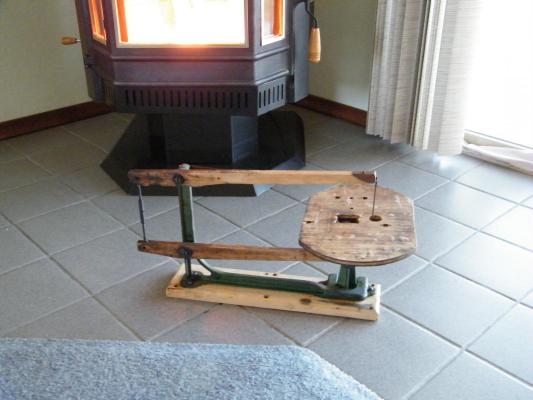
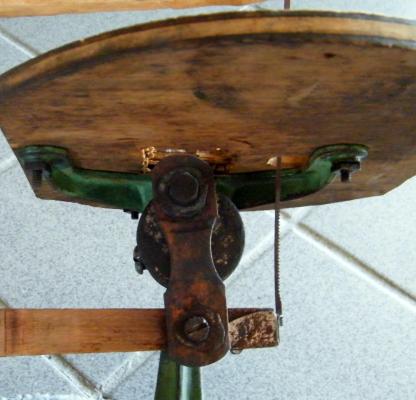
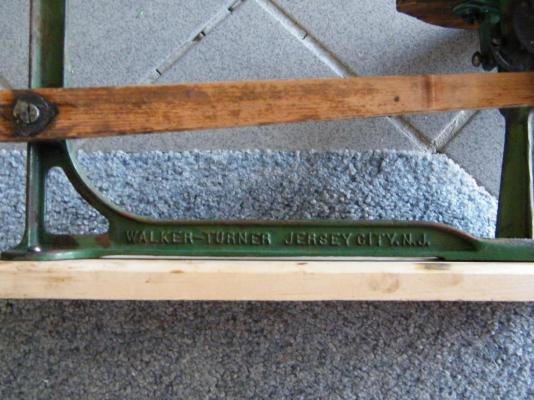
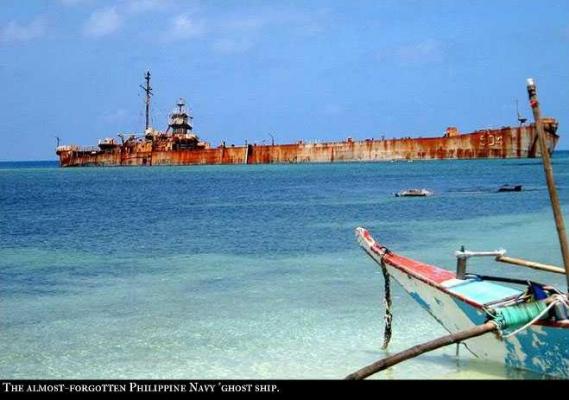
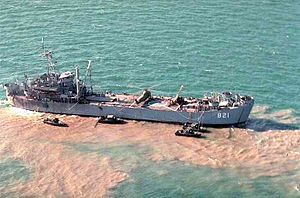
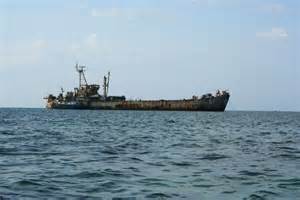
Solid hull centerline
in Building, Framing, Planking and plating a ships hull and deck
Posted
You really did that slick.
jud